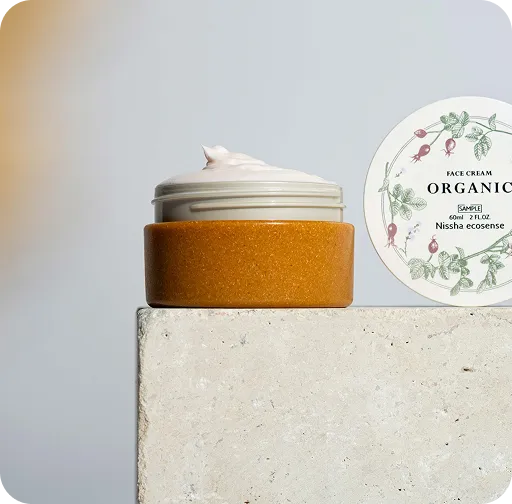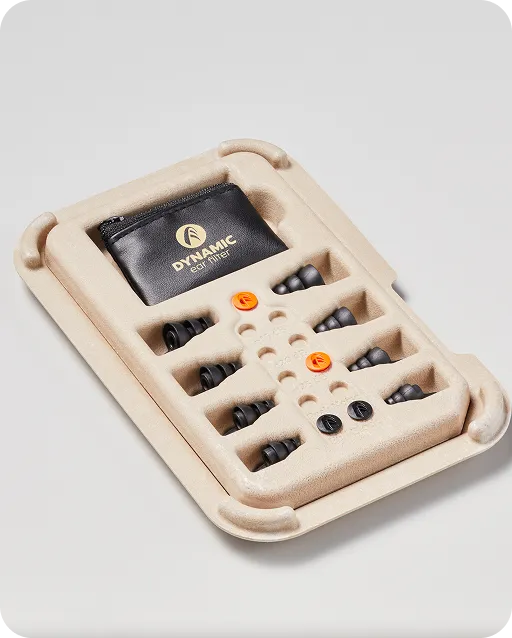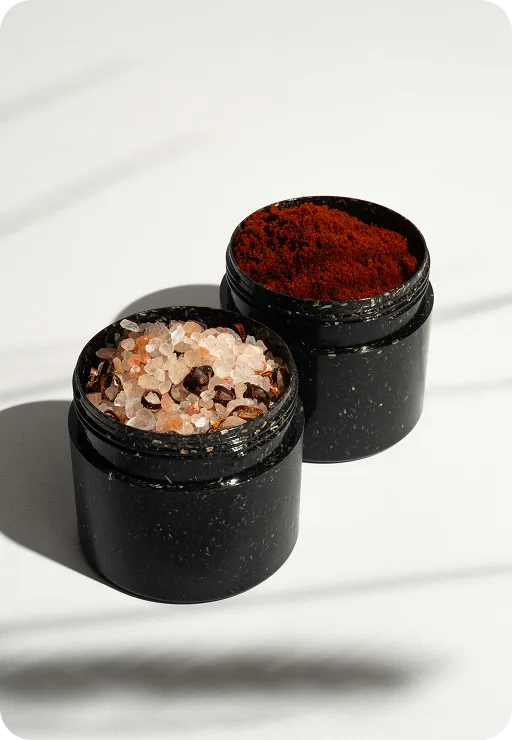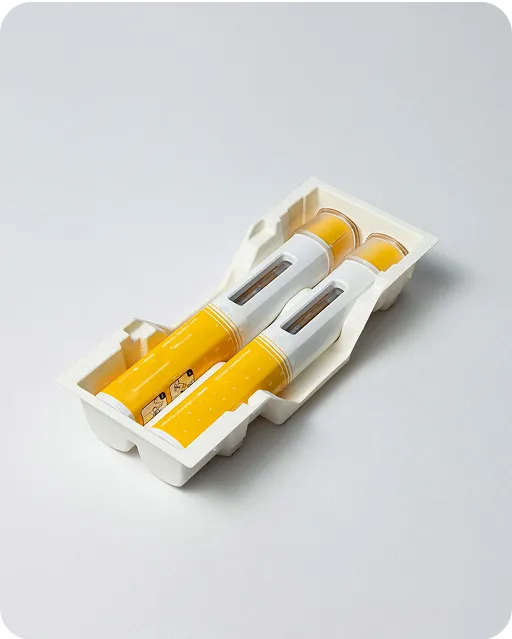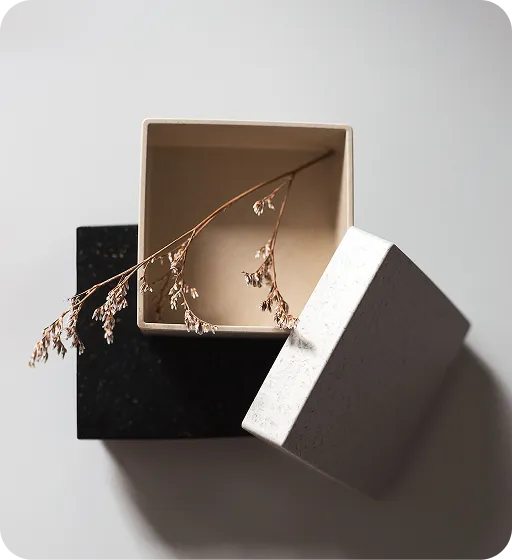Tailored Packaging Solutions, Just for You


Sustainability in food packaging isn’t a bonus anymore, it’s becoming a business baseline.
Tailored Packaging Solutions, Just for You

Sustainability in food packaging isn’t a bonus anymore, it’s becoming a business baseline.
With packaging waste polluting oceans, crowding landfills, and contributing to a growing carbon footprint, the damage is hard to ignore.
At the same time, consumers are shifting their loyalty toward brands that align with their values. They want packaging that’s not just functional, but also clean, responsible, and future-proof, especially when it comes to their food.
The pressure is coming from all sides and companies need to act fast to keep up.
In this article, we explore the top 5 food packaging industry trends driving sustainability forward in 2025.
Food packaging today has to do it all: keep products safe, stay affordable, and minimize its environmental impact. That’s a big ask – and it’s driving major change across the industry.
As consumer expectations rise and regulations tighten, companies are rethinking how food is packaged from the ground up. Materials, formats, and processes are evolving faster than ever before.
Here are the top food packaging industry trends redefining sustainability.
With plastic pollution under the spotlight, compostable and biodegradable packaging is becoming a go-to choice for brands looking to reduce their environmental footprint.
It offers a cleaner end-of-life alternative and aligns with rising consumer expectations for low-waste products – especially in the food space, where packaging often becomes contaminated and hard to recycle.
One major reason compostable packaging is gaining such popularity? It helps tackle microplastic pollution, which is a growing environmental and health concern.
When traditional plastic breaks down, it sheds tiny particles that contaminate soil and waterways. These microplastics can be absorbed by plants, consumed by fish and livestock, and eventually end up on our plates.
According to research published in 2023, microplastics have been detected in human blood, lungs, and other body parts. This raises concerns about long-term health effects like inflammation, oxidative stress, and hormone disruption.
On the bright side, biodegradable and compostable materials break down without leaving behind microplastics.
That makes them an appealing “nice-to-have” solution – especially for food packaging, even if not legally required in many cases.
That brings us to regulation. Under the upcoming Packaging and Packaging Waste Regulation (PPWR) , compostability is only mandatory for a few specific use cases:
For everything else (like trays, caps, and secondary packaging) compostability isn’t required.
But brands are still exploring options because of eco-perception, to lower their microplastic impact, and add onto consumer appeal.
Bottom line: While compostable packaging won’t be required across the board in 2025, its role in food packaging sustainability is clearly growing.
One compostable material gaining serious traction in food and Sulapac.
This bio-based biocomposite combines wood chips, mineral clay, and plant-based binders to deliver a highly functional, eco-friendly packaging solution.
Nissha’s partnership with Sulapac Oy also helps make these materials commercially viable at scale.
The result: beautiful Sulapac® jars
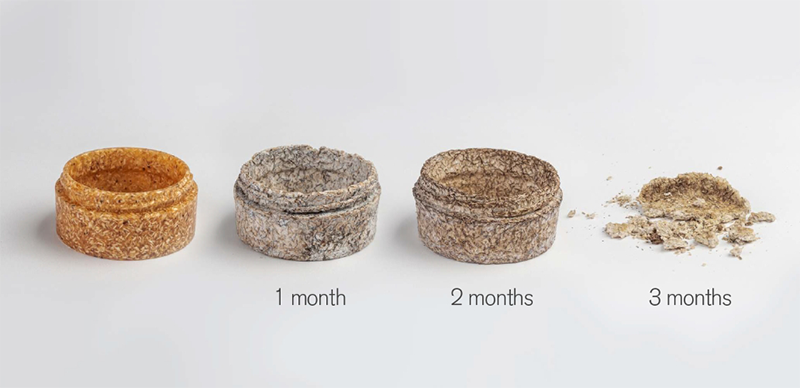
It blends shelf appeal, durability, and environmental performance in a way traditional plastics simply can’t.
These qualities make Sulapac® especially sought after as consumers demand safer, more responsible alternatives to conventional plastic, which can persist in the environment for centuries.
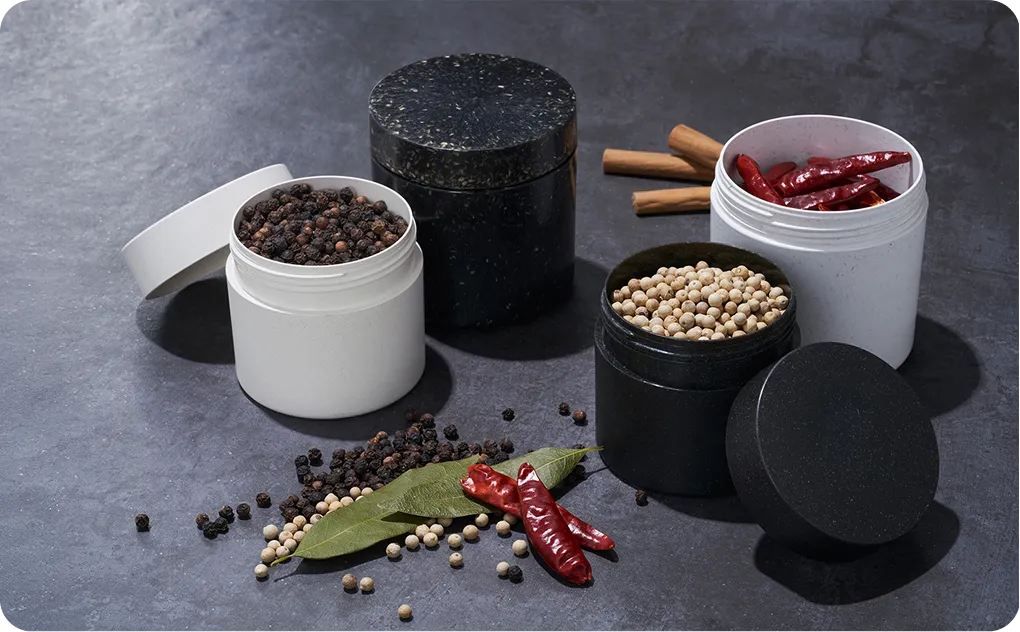
So, whether you’re packaging spices, food supplements, or other types of goods, Sulapac® offers a compostable, elegant alternative that ticks all the boxes.
In 2025, minimalist and zero-waste packaging is moving from trend to expectation.
With the EU’s Packaging and Packaging Waste Regulation (PPWR) pushing for reductions in packaging volume and weight, brands are under increasing pressure to eliminate excess material without compromising functionality.
This shift also mirrors growing consumer demand for cleaner, simpler designs that are easier to recycle and less harmful to the environment.
The good news for businesses? Reducing material use doesn’t just support sustainability goals, it also cuts costs and streamlines logistics.
Nissha’s Pulp-Injection technology offers a compelling addition to this trend. It enables up to 38% weight reduction compared to conventional plastics like PET or PP, all while maintaining the same packaging thickness.
But the benefits go beyond sustainability metrics. Under the EU Packaging and Packaging Waste Regulation (PPWR), all EU countries (as well as the UK) are now required to implement Extended Producer Responsibility (EPR) systems for packaging. These rules shift the cost burden of packaging waste from taxpayers to producers, with fees based on material type and recyclability.
For example, as of June 2025, the UK government announced new EPR fees that will take effect in October 2025:
This cost difference makes the case clear: by switching from plastic to fiber-based alternatives like Pulp-Injection, brand owners can significantly reduce their EPR-related fees. Nissha’s solution doesn’t just cut plastic use — it helps companies align with upcoming legislation and avoid financial penalties tied to material choices.
Read more about Pulp-Injection’s blend of durability and sustainability in our latest blog post.
This means brands can reduce their environmental footprint and improve recyclability, without sacrificing structure or shelf appeal.
Mono-material packaging is also rapidly becoming the new standard for sustainable design.
Unlike multi-layer packaging – which combines different materials like plastic and aluminum foil, making recycling nearly impossible – mono-materials are made from a single type of material, enabling simpler, more efficient recycling processes.
This shift is being driven by both regulatory pressure and real-world recycling limitations.
The EU’s PPWR prioritizes design for recyclability, and in practice, that means moving away from packaging made of multi materials that clogs up waste streams.
Consumers are also increasingly aware of the difference between “technically recyclable” and “actually recycled”, and they’re demanding change.
One innovation leading the charge? Metallized paper.
Traditionally, high-barrier packaging like coffee pouches and snack bags has relied on plastic film laminated with aluminum foil. This is a non-recyclable combo.
Nissha’s metallized paper, on the other hand, replaces these complex laminates with a functionalized mono-material that offers superior oxygen and moisture barrier properties, while remaining recyclable as paper.
It delivers the protection and shelf-life brands need (especially for sensitive products like coffee beans, spices, or snacks) without compromising on sustainability or performance.
It’s clear that mono-material packaging is becoming the foundation for a truly circular packaging economy. And metallized paper is proving that high-performance barrier solutions don’t have to come at the cost of recyclability.
In 2025, sustainability isn’t just about the materials we use, but also about how intelligently we use them.
Enter smart packaging: systems that embed technologies like freshness indicators, time-temperature sensors, or RFID tags directly into the packaging.
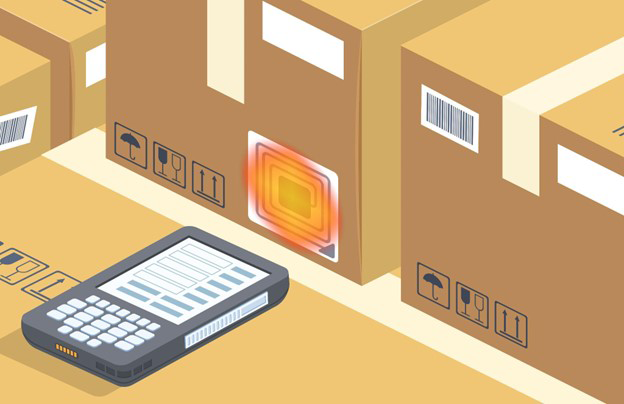
These innovations help track food quality in real time, reducing spoilage and waste throughout the supply chain.
By providing better visibility into product condition, smart packaging allows retailers to optimize inventory rotation and lets consumers trust what they’re buying is still fresh, all without over-relying on expiration dates.
This smart data-driven approach supports both waste reduction and resource efficiency.
Plus, it aligns with wider sustainability goals by helping brands cut unnecessary returns, lower carbon emissions, and build more transparent supply chains.
When combined with recyclable or compostable materials, smart packaging represents the next evolution in circular design – where intelligence and impact go hand in hand.
Packaging is becoming more circular, and that means making the most of what already exists. More brands are already turning to recycled and upcycled materials to reduce their environmental impact and appeal to waste-conscious consumers.
This shift reflects a deeper commitment to resource efficiency and creative reuse.
The benefits? Less reliance on virgin resources, reduced landfill waste, and lower production emissions, all without compromising performance or shelf appeal.
From fiber-based trays made with recycled pulp to packaging that incorporates spent coffee grounds or citrus peels, recycled and upcycled materials are becoming a smart, scalable path to sustainability.
It’s clear to see from these food packaging industry trends that the future of packaging is circular , minimized, and harmonized in design. Regulations will tighten, consumers will scrutinize every choice, and companies that fail to adapt risk being left behind.
Brands that succeed will be those embracing design thinking, investing in material innovation, and communicating sustainability with clarity and authenticity.
The good news? With innovative solutions like those from Nissha, packaging won’t just protect your products, it will protect the planet.
Are you ready to lead the change? Contact us today to discover how sustainable packaging solutions can transform your business and the planet.

We here at Nissha will support you every step of the way!

